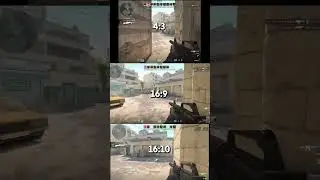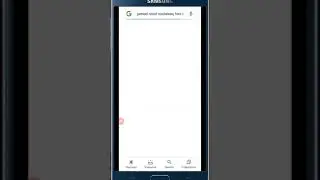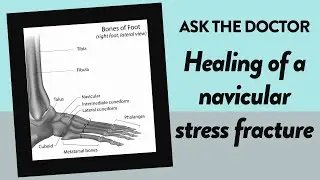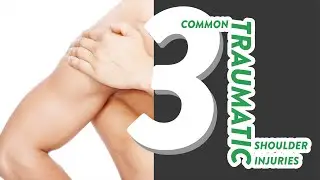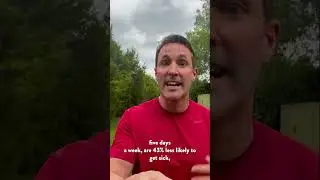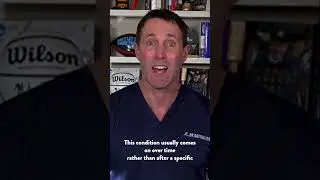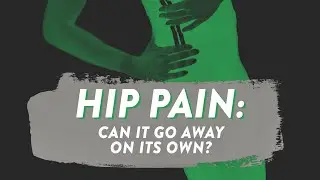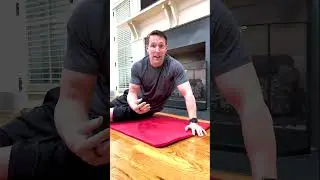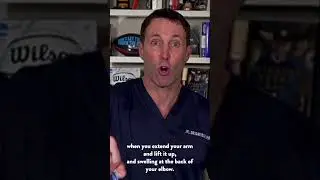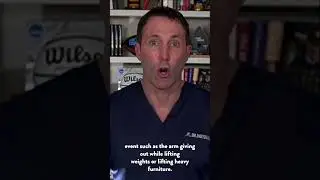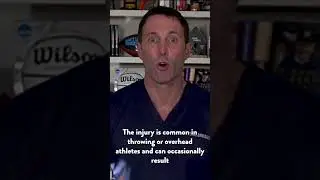Osteochondral lesion of the talus (OCD lesion): Signs, symptoms and treatment options
An osteochondral lesion of the talus, often called an OCD lesion, is an injury to the cartilage and the bone under the cartilage of the talus (the bone below the ankle) within the ankle joint.
http://challenge.drdavidgeier.com/ds/...
I want to help you! Please click the link above and take a few seconds to share the biggest challenge or struggle you’re facing with your injury!
https://drdavidgeier.com/osteochondra...
Click the link above for more information about an osteochondral lesion of the talus, or OCD lesion, and other resources for your sports or exercise injury.
Get The Serious Injury Checklist FREE!
How can you know if your injury should get better in a few days or if it's more serious? This checklist can help you plan your next step to recover quickly and safely.
http://www.sportsmedicinesimplified.com
Please note: I don't respond to questions and requests for specific medical advice left in the comments to my videos. I receive too many to keep up (several hundred per week), and legally I can't offer specific medical advice to people who aren't my patients (see below). If you want to ask a question about a specific injury you have, leave it in the comments below, and I might answer it in an upcoming Ask Dr. Geier video. If you need more detailed information on your injury, go to my Resources page: https://www.drdavidgeier.com/resources/
The content of this YouTube Channel, / drdavidgeier (“Channel”) is for INFORMATIONAL PURPOSES ONLY. The Channel may offer health, fitness, nutritional and other such information, but such information is intended for educational and informational purposes only. This content should not be used to self-diagnose or self-treat any health, medical, or physical condition. The content does not and is not intended to convey medical advice and does not constitute the practice of medicine. YOU SHOULD NOT RELY ON THIS INFORMATION AS A SUBSTITUTE FOR, NOR DOES IT REPLACE, PROFESSIONAL MEDICAL ADVICE, DIAGNOSIS, OR TREATMENT. You should consult with your healthcare professional before doing anything contained on this Channel. You agree that Dr. Geier is not responsible for any actions or inaction on your part based on the information that is presented on the Channel. Dr. David Geier Enterprises, LLC makes no representations about the accuracy or suitability of the content. USE OF THE CONTENT IS AT YOUR OWN RISK.
SIGNS AND SYMPTOMS OF AN OSTEOCHONDRAL LESION OF THE TALUS
The injury can occur after a patient sprains his or her ankle, but the injury is often missed. If a patient continues to have pain, a physician might order x-rays that show the lesion. Occasionally a CT scan or MRI can show the lesion as well.
TREATMENT OF AN OCD LESION OF THE TALUS
Several factors influence the treatment of these lesions, including the size, location and whether the fragment is displaced. Sometimes the lesion can be treated nonoperatively with immobilization and limitation of weight bearing. If the fragment is displaced, surgery is usually required.
Depending on the nature of the lesion, the surgeon might scope the ankle and drill the lesion or perform a microfracture of it. In other cases, the surgeons might transfer a cylinder of bone and cartilage from the patient (osteochondral autograft) or from a donor (osteochondral allograft) might be needed.






